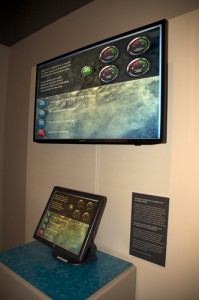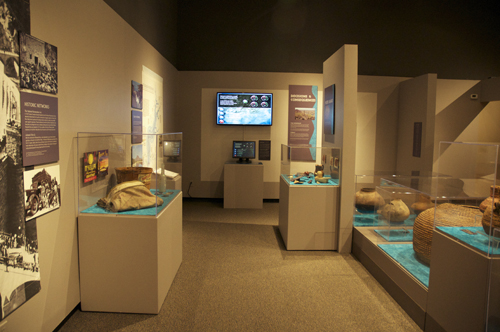October 12, 2012
 Water is an essential resource for human settlement. Regardless of the climate or economy, if there is not an adequate supply of water to meet the water demands of a community, the community cannot be sustainable. Thus managing water supply and demand so that demand does not exceed supply will be an essential component of any communities plan for sustainability. Such management, referred to as water resources management, in urbanized regions can be very complicated. The systems used to collect water from multiple sources, treat it, deliver it to community residents, collect the wastewater, treat it, and safely dispose or reuse it are typically complex highly regulated systems often operated by multiple agencies over different geographies that can span hundreds of miles.
Water is an essential resource for human settlement. Regardless of the climate or economy, if there is not an adequate supply of water to meet the water demands of a community, the community cannot be sustainable. Thus managing water supply and demand so that demand does not exceed supply will be an essential component of any communities plan for sustainability. Such management, referred to as water resources management, in urbanized regions can be very complicated. The systems used to collect water from multiple sources, treat it, deliver it to community residents, collect the wastewater, treat it, and safely dispose or reuse it are typically complex highly regulated systems often operated by multiple agencies over different geographies that can span hundreds of miles.
Management of such complex systems is further complicated by the future uncertainty in the factors that affect water supply and demand. Such uncertainties include: possible changes in the future growth or decline of a community and the behavior of its residents to use water, possible change is future of climate conditions of the community, and the ability of government and private institutions to respond to these changes in a manner that maintains a balance between water supply and demand.
The Exhibit
 Beginning October 12, 2012, Pueblo Grande Museum in Phoenix will open their exhibit entitled, "Living in the Desert: Decisions and Consequences" featuring the DCDC WaterSim kiosk.
Beginning October 12, 2012, Pueblo Grande Museum in Phoenix will open their exhibit entitled, "Living in the Desert: Decisions and Consequences" featuring the DCDC WaterSim kiosk.
This collaboration between Pueblo Grande and Arizona State University brings the new exhibit, "Living in the Desert: Decisions and Consequences", to the Changing Gallery. The exhibit explores trade-offs made in the quest for desert sustainability in ancient, historic, and modern times. It includes a focus on water use from the Hohokam canal system through the allocation of Colorado River water today. The population of the southwestern United States can learn from the experiences of the Hohokam 1000 years ago.
WaterSim
To better understand how these uncertainties affect the complex tasks of water resources management, the Decision Center for a Desert City has been using a water and supply demand model, called WaterSim. The WaterSim kiosk offers a very basic and simplified version of our WaterSim model using a touchscreen device. This model has been implemented for the Central Arizona region and used primarily in four ways.
- Understand the dynamic nature of managing a complex water supply and demand system for urban regions.
- Explore the effectiveness of various water management policies.
- Explore the uncertainty of regional growth and climate change by understanding the impact different growth and climate change scenarios may have on the region’s complex water system and management policies.
- Explore how people make decisions for highly complex problems that are subject to high uncertainty.
Visit Pueblo Grande Museum.

